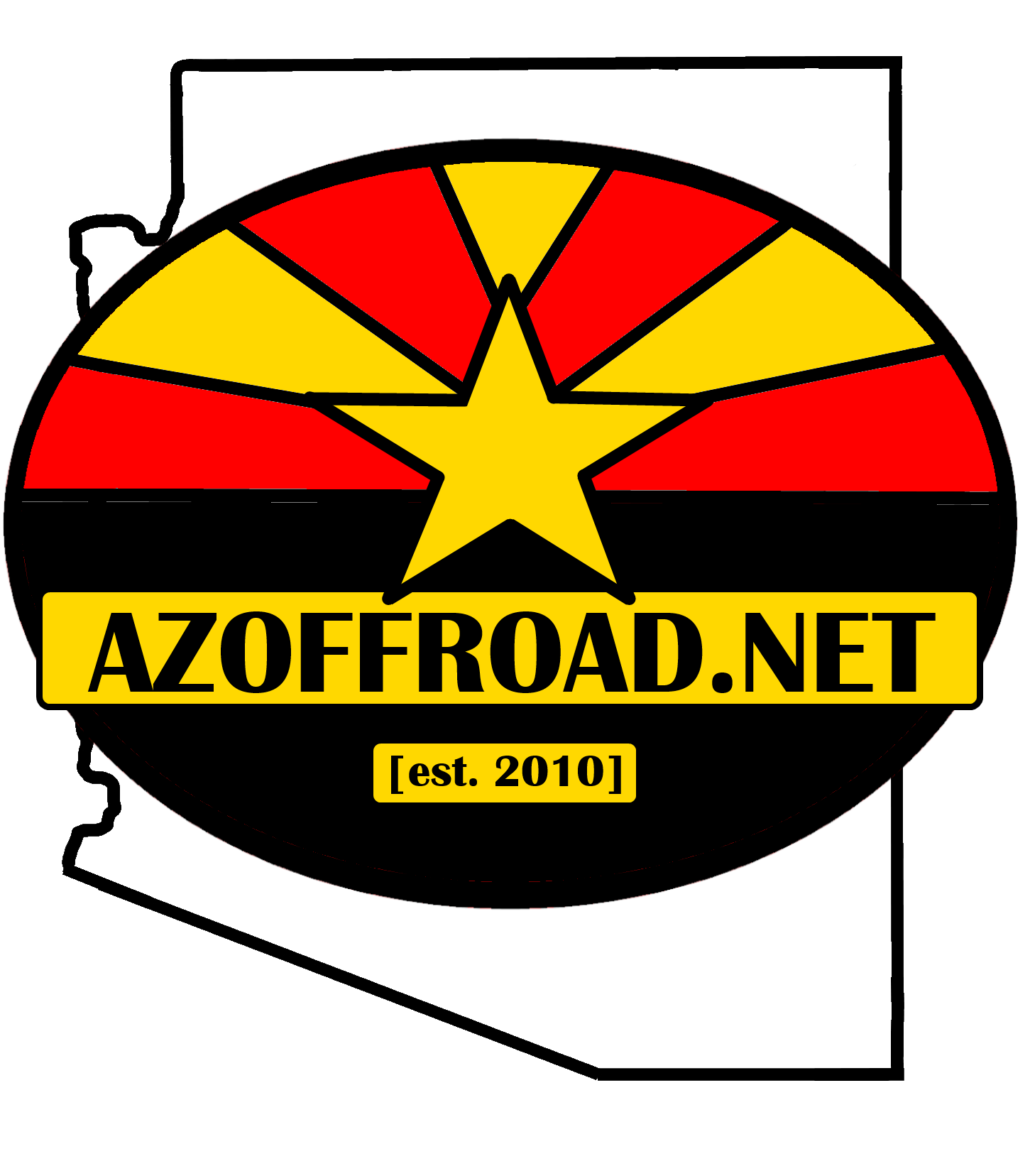La PAz County
Harquahala Townsite
As of January 2021, it appears mining efforts have started back up in the area. While it may remain open to visit, be sure to observe posted signs, fences, or gates in the area.
Harquahala (also spelled Harqua Hala) is a ghost town and former mining camp in the Little Harquahala Mountains in western Arizona. With easy access along the Little Harquahala Mountains Trail, this area is seldom explored despite being only 8 miles from I-10. The surrounding area is rich in mining history and has several old mines, a cemetery, and several buildings in the area to explore.
Mining history in the area was on and off from the 1760s to the 1880s. Spanish prospectors knew that the Harquahala and Little Harquahala Mountains were rich in gold. Native American attacks primarily from the Pima Indians kept the area from being further settled and explored. In 1863, Herman Ehrenberg was talking with Henry Wickenburg about a rich deposit he found in the Little Harquahala Mountains. Wickenburg checked out the area and agreed that it was a worthwhile site, however on returning home, he stumbled upon what would become the even more profitable Vulture Mine. The gold deposits were forgotten until the 1880s.
In November 1888, three men – Henry Walton, Robert Stein, and Mike Sullivan – entered the area and discovered the Bonanza and Golden Eagle claims. Word got out quickly and people quickly flocked to the area. Miner’s came to find riches in the mountains and merchants followed them. The mines were then purchased by two men, Hubbard & Bowers, who built a 20 stamp amalgamation mill on site. The settlement quickly grew and a post office was established in 1891. The town of Harqua Hala had its own newspaper, the ‘Harqua Hala Miner’, and had a stagecoach line that ran south to connect the town to Sentinel (near Gila Bend). Stores and saloons opened as well, with the first being a man with a tent and a five-gallon barrel of whiskey.
As the town grew and became richer, theft became an issue. High-grading (stealing from the mines) was a big issue, though seemed to be widely accepted in this lawless territory. Shipping gold also proved to be a dangerous and costly endeavor. In order to help simplify this process, new owners Hubbard and Bowers decided the small ingots were too risky. They decided to cast the ingots in 400 pound bars, which would prove too hard to steal during transport. Supposedly on one of the trips to transport the gold from Harqua Hala to Sentinel, two sheriffs had loaded the 400 pound bar into a wagon and started down the road. Because of a flimsy bottom, the wagon eventually broke and the 400 pound ingot ended up in a ditch. The pair somehow failed to notice this and rode several miles down the road. Once they realized the ingot had vanished, they turned around and after quite a struggle, were able to load the heavy bar back into the wagon.
The mines were again purchased in 1893 by the Harqua Hala Gold Mining Company. By 1897, most of the high-grade ore had been found. The mine operated intermittently, slowly dwindling in size into the 1900s. The post office was discontinued in 1918 and the town became nothing more than a small mining camp. The post office was reestablished in 1927 when new owners took over the mine, but the camp went bust permanently in 1932.
Today, a few buildings remain on site. A large, steel sided and concrete reinforced building remains the most intact. Cement foundations including a set of stairs and a chimney sit further east next to an adobe building which is in remarkably good shape. To the south a large slag pile covers the mountain and there is evidence of mining (horizontal adits & mining equipment) in addition to leaching (using chemicals to treat the ore). The large pink clay/mud substance is a unique byproduct of the chemical leaching. The site is located about 8 miles north of I-10 on the east side of the dirt road, which can be navigated by nearly any car. See the Little Harquahala Mountains Trail for more information. Just north on the west side of the main road is a small cemetery. The site includes many graves of the people that worked at Harqua Hala. One grave in particular is encased in cement though is unmarked, perhaps symbolizing a more prominent citizen. The Golden Eagle and Bonanza Mines can be found on the east side of the road north of the cemetery.
Sources:
Du Shane, Neal. "Harquahala." Harquahala. Arizona Pioneer & Cemetery Research Project, n.d. Web. 14 Jan. 2016. <http://www.apcrp.org/Harqua%20Hala/Harqua_Hala%20_Mast_062909.htm>.
Massey, Wilson, and Titus. Backcountry Adventures of Arizona. N.p.: Swagman, 2001. 39. Print.
Sherman, James E., and Barbara H. Sherman. Ghost Towns of Arizona. Norman: U of Oklahoma, 1969. 75. Print.

